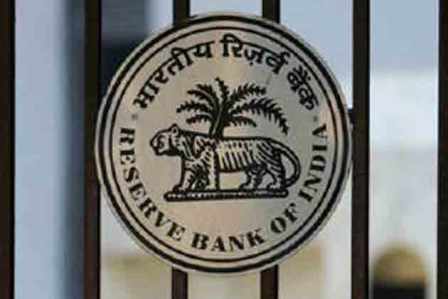
Mumbai, September 17: Taking a cautious stance, the Reserve Bank today cut CRR by 0.25 per cent - the percentage of deposits banks keep with central bank - but refrained from reducing lending rates in view high inflation.
The RBI decision, which comes days after a slew of measures taken by the government to push growth, will release Rs 17,000 crore of primary liquidity into the system.
The liquidity infusion, RBI said, would ensure adequate flow of credit to productive sectors of the economy.
Following the cut, CRR will come down to 4.5 per cent while the repo rate, at which the central bank lends to the banks, would remain unchanged at 8 per cent.
The reverse repo, at which it absorbs excess liquidity through borrowings from banks, remains at 7 per cent.
"As inflationary tendencies have persisted, the primary focus of monetary policy remains the containment of inflation and anchoring of inflation expectations," RBI Governor D Subbarao said while announcing the mid-quarter review of the monetary policy.
The wholesale price-based inflation for August moved up to 7.55 per cent from 6.87 per cent in the previous month.
The RBI said the CRR cut would be effective from September 22.
The moderation in CRR rate is likely to goad banks to bring down their lending rates, which will improve investments and help growth.
Commenting on RBI's action, State Bank of India (SBI) Chairman Pratip Chaudhuri said the bank will review its rates in the light of policy action. The asset liability committee of the bank is expected to meet soon to take a view on rate revision.
"It is a very positive move, as a mid-term policy it is very significant. I think the RBI has given a clear signal that they are willing to respond and that they have taken note of the signs of deceleration in economy," Chaudhuri said.
Noting that growth continues to be weak amidst a negative investment climate, the RBI policy review said that the recent reform measures undertaken by the Government have started to reverse sentiments.
Among other decisions, Government hiked the regulated diesel prices by over Rs 5 per litre, which satisfies the RBI's long standing demand for containing fiscal deficit while also liberalising foreign holding norms in a string of sectors.
RBI said the measures on diesel prices and LPG usage will hurt inflation in the short term, but the steps are a "significant achievement" as they will strengthen macroeconomic fundamentals.
It also noted, with concern, that the rationalisation of cooking gas prices will not have much impact on subsidies as the pass-through to administered prices remains incomplete.
In spite of the recent fiscal measures, RBI blamed the high fiscal and current deficits as the factors preventing it from cutting rates.
However, sounding less hawkish, it said, "The stance of monetary policy will be conditioned by careful and continuous monitoring of the evolving growth-inflation dynamic, management of liquidity conditions to ensure adequate flow of credit to productive sectors and appropriate responses to the shocks emerging from external developments."
For the moment inflationary pressures both at wholesale and retails levels are still strong, it said.
"Containing inflationary pressures and lowering inflation expectations warrant maintaining the momentum of recent policy actions to step up investment, alleviate supply constraints, and improve productivity," RBI said.
RBI also expressed concern over the recent easing of liquidity globally, saying it will lead to commodity prices spiking up which in turn will be detrimental for inflation management.





Comments
Add new comment